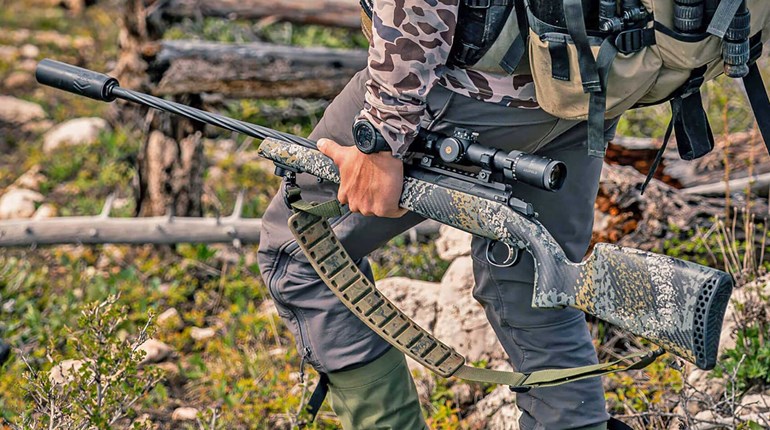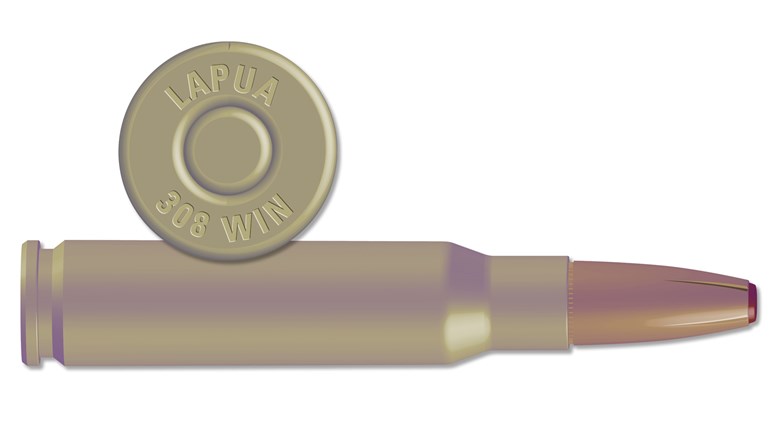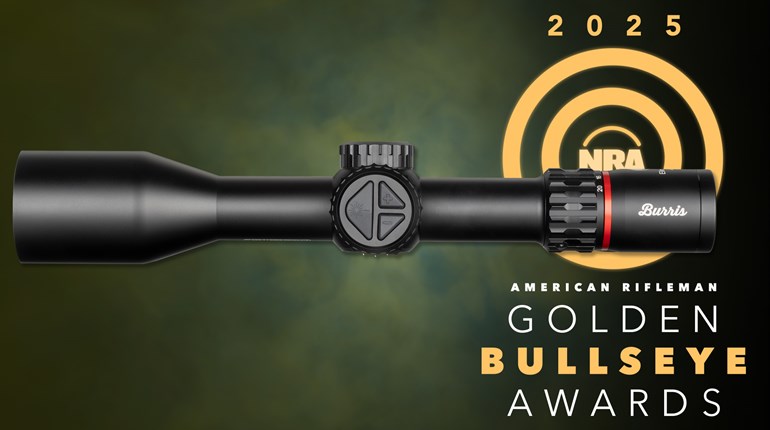
Lately I’ve been re-reading the works of that grand old man of sixgunning, Elmer Keith, and I noticed that Mr. Keith had the same advice that was later offered by Col. Jeff Cooper; live with your handgun. The savvy handgunner has their gun on, or within reach, during most of their waking hours. But, actually, that’s not enough. On a regular basis, it is important to handle it, shoot it, and practice with it. That’s what it really means to live with your defensive handgun.
As a young peace officer, my first duty gun was a 4-inch Smith & Wesson Model 19. I shot some of our department matches with it but the smartest thing that I did was to start handgun hunting. The .357 Magnum cartridge was plenty powerful for Rio Grande turkey, javelina, feral hogs and even our Texas Whitetail deer. The hunting experience really helped to learn to judge distance, press the trigger smoothly and even handle moving targets. The bonus was all of that good, wild game that went into my freezer. Handgun hunting gave me a graduate course in gun handling long before I ever heard a shot fired in anger.
The desire to live with my handgun also drove me to handloading because that was the only way that I could afford to shoot a lot. The side benefit to that was that I learned a great deal about cartridge development, velocities and the various kinds of bullets that were available to the handgunner.
Today, I know that times are tough but I have trouble sympathizing with the person who is continually buying new guns but can’t seem to find the funds needed to get professional training. The smart thing to do is to get that training and then put a lot of rounds downrange practicing what has been taught. And, to really conserve funds it is a great idea to get some dummy rounds and do some regular dry practice at home. And handloading is still a good way to cut costs for live-fire practice.
Living with the defensive handgun doesn’t mean just having a gun and keeping it nearby. We budget good training, we practice what we’ve been taught and we shoot every time we have a lawful chance to put some lead in the air. I’ll probably never be the game shot that Elmer Keith was or a fast shot like Bill Jordan... but it won’t be from not trying.
































